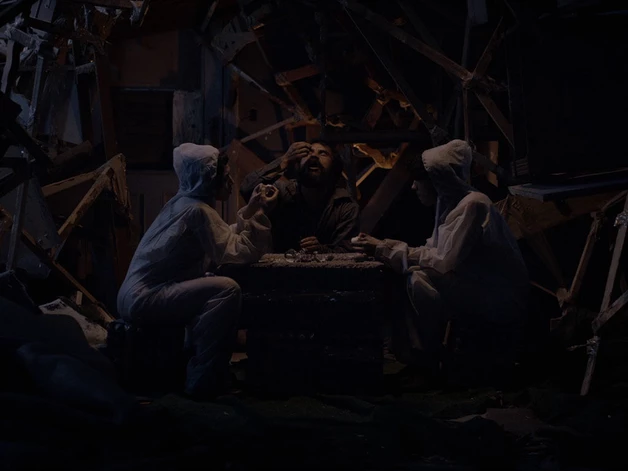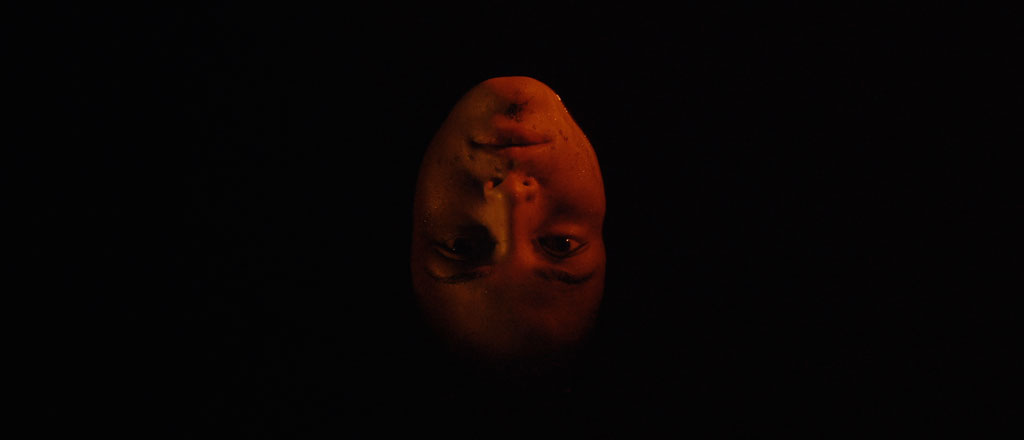This is a guest post by our friend Jordan C. Johnson.
People love to talk about twist endings. The discussion can seem inescapable in the wake of a popular movie that features one.
Do you remember when The Sixth Sense came out? Hell, you don’t have to—that movie’s twist ending is still a punch line. It’s ingrained in our pop cultural DNA at this point.
But why? Why do people become so fixated on them?
Well, generally speaking, twist endings are designed for impact. Shock. Surprise. They pull the rug out from under the viewer and make them rethink what they’ve just seen. When one is done well, and genuinely catches the viewer off guard, it can be quite exciting. Twist endings are begging to be talked about.
But not all twist endings are created equal. I would like to propose the following hierarchy: the soft twist, the hard twist, and the deep twist.
For examples of the first two, let’s look at some films from the man whose name is synonymous with twist endings: M. Night Shyamalan.
Near the end of his alien invasion film Signs, the characters realize that the aliens’ weakness is water. Earlier in the film, a narrative strand about a character’s finicky drinking preferences was seeded, which results in many glasses of water being strewn around the house in various states of fill. Because of this, the characters are able to defeat the antagonists.
This is an example of a soft twist because it reveals how something seeded throughout the film takes on a new use or meaning, but does not redefine how we have previously perceived the narrative. Things are still what they seemed, but with a soft twist it, upon repeat viewings, may make us take note of small moments we didn’t notice the first time around.
The ending of The Sixth Sense, on the other hand, is arguably the most famous example of a hard twist in cinema history. As virtually everyone in the world knows, it is revealed that the protagonist has been dead all along—a ghost. The film uses many clever misdirects and carefully ambiguous scene set-ups to conceal this until the end in order to ensure maximum surprise. This, obviously, goes further than Signs because it doesn’t just redefine a small element of the film—it completely redefines the audience’s relationship with the preceding narrative. It introduces knowledge that will fundamentally change the way a viewer will perceive the film upon a second viewing.

We are the Flesh has a twist ending…but with a twist. This twist goes deeper than a soft twist, or even a hard twist. It goes deeper than just redefining narrative—it redefines theme. It redefines meaning. It is what I would call a “deep twist.”
This is a film that, seemingly, takes place in a post-apocalyptic future in which a large portion of the population has perished. Resources are scarce. Buildings are in ruins. Basically, things are bleak.
When the protagonists—a pair of siblings—stumble upon a man in a decrepit building, the trio begins an uneasy cohabitation that gradually descends into depravity. Based on the dark world the film establishes, when one sees these young, naïve people succumb to incest, murder, and rape, one probably assumes that this is out of desperation and hopelessness borne of isolation and desolation—a fairly typical post-apocalyptic trope.
But in its final moments, We are the Flesh takes a hard, unexpected turn.
***Major Spoilers Ahead***
After a surreal, climactic orgy, a young man wearing a slip groggily awakes, makes his way through the abandoned building, and walks out into the bright light of day. But not just any day—a regular, bustling day in a big city, replete with honking cars and rushing people. So this means—gasp!—the characters were never living in a post-apocalyptic world at all!
Now, We are the Flesh is a surreal film that follows its own bizarre dream logic, so from a narrative standpoint, you can interpret this ending how you will. But I think it’s an interesting shift in how the film functions thematically. Previously, it had explored ideas similar to those of other post-apocalyptic movies such as The Divide or The Road Warrior: the breakdown of not just society, but humanity. It repeatedly emphasized deconstruction; the first moments include a character processing old food items into a utilitarian stew and dismantling a table into firewood. Essentially, items used in society being converted back into raw resources. Basic elements. And the psychology of the protagonists is treated similarly; the social acceptability of their behavior corrodes—first into the taboo, and then into the morally repugnant.
But the “deep twist” strips away the justification (if it is any) of a post-society setting. These horrific transgressions are happening now, in the center of society. And that redefines the audience’s relationship not just with the narrative, but with what that narrative means thematically.
I think writer/director Emiliano Rocha Minter’s commitment to this twist is very impressive, because when you think about it, almost all of this movie’s running time is devoted to building up to the cerebral shock of its final moment. And without that intense, extended, immersive, uncompromising build-up, the twist would not be as jarring as it needs to be in order to be effective. And, ultimately, which is more unsettling: watching people commit repulsive acts after the world has ended, or realizing that these repulsive acts are being committed in our world, right now? Or, perhaps, in the mind of a young man, who now has to navigate how to fit into society.

